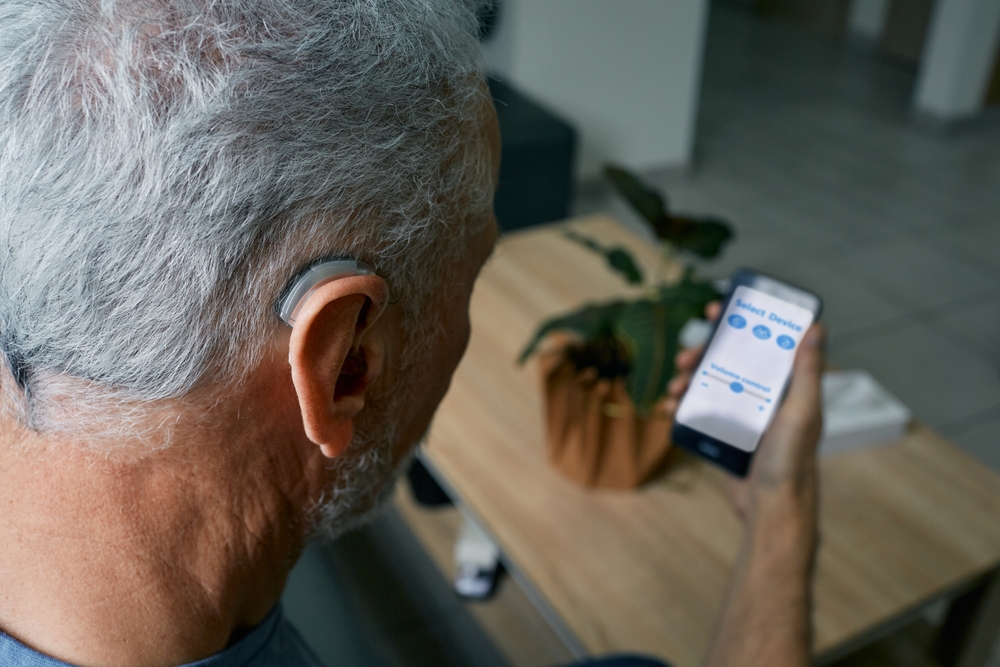It sounds like a miracle–or at the very least, too good to be true–but advances in science are not only helping those with hearing loss and tinnitus alleviate their symptoms, they actually have the potential to help the deaf to hear.
The latest news comes from a multinational group of researchers who recently received a $9.7 million, five-year grant from the National Institutes of Health. The team is working on a surgically implantable device that has the potential to help the deaf and severely hard-of-hearing have a more natural, fuller experience of sound than ever before.
Technology Pushes the Envelope
The team is building on an existing device called the Utah Electrode Array, which University of Utah biomedical engineering professor emeritus Richard Normann began developing in the 1980s. Implanted, the tiny device sends and receives electrical impulses to and from the brain. Normann originally developed it with a focus on vision–and it’s been used to develop a “bionic eye” that allows the blind to see–but its applications have been more varied (and successful) than most scientists would dare to dream. It’s been used to help people regulate epilepsy, manage severe pain, and even allowed amputees to move prosthetic limbs with their minds.
Cochlear Implants vs. Hearing Aids
With this grant, the researchers hope to develop a version of the Utah Electrode Array that can be used as a replacement for, or in addition to, cochlear implants. Cochlear implants help to improve hearing, but they aren’t the same as hearing aids. While hearing aids amplify sound so that ears can detect it, cochlear implants skip a step–they are placed in the inner ear to stimulate the auditory nerve. Despite being referred to as implants, they do have an external portion (which includes a microphone, a speech processor, and a transmitter). But these are more-or-less permanently in place since the external device is directly connected to an electrode array that is (as the name implies) implanted in the cochlea.
Because they’re semi-permanent–and because there’s a substantial learning curve when you’re adapting to hearing with them–cochlear implants are most often used to help deaf children. But there are instances when these are recommended for adults. Hearing aids are a tremendous help for most people suffering from hearing loss. But for some it’s not enough. Amplifying sound won’t work for people whose ears have sustained enough damage to cause severe hearing loss or deafness. In these instances, cochlear implants can be a better option.
Building a Better Implant
While it’s pretty clear why the Utah Electrode Array could be a good fit for helping with hearing, there are other reasons why the research team is focused on creating a better cochlear implant. The current technology hasn’t changed much in more than 30 years–with how rapidly technology advances, that makes it practically from the Mesozoic Era. But the larger issue is that cochlear implants may not work well for people for whom they’re meant for. Variations in ear anatomy can cause problems, for one. For another, while cochlear implants can improve hearing, people often still struggle with distinguishing one sound from another.
The research team hopes to improve on this by developing a device that can be implanted directly into the auditory nerve rather than the cochlea, similarly to how the Utah Electrode Array has been used in other applications. By doing so, they believe the devices will be able to capture a wider tonal range and make it easier for people to identify individual frequencies (for example, hearing someone talking in a room where music is playing). Because the device will be implanted in a different part of the ear than today’s cochlear implants, these could be used to augment existing implants.
Their plans are clearly laid out, with the first three years of the grant devoted to developing the technology and the surgical procedure, ensuring that it’s both safe and effective. The latter two years will go toward continued testing, with a focus on helping people with hearing loss who wouldn’t be candidates for normal cochlear implants. It’s an ambitious goal, but considering what this technology has already been able to accomplish, it looks to be within reach.



